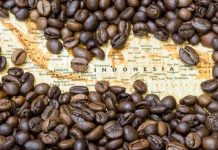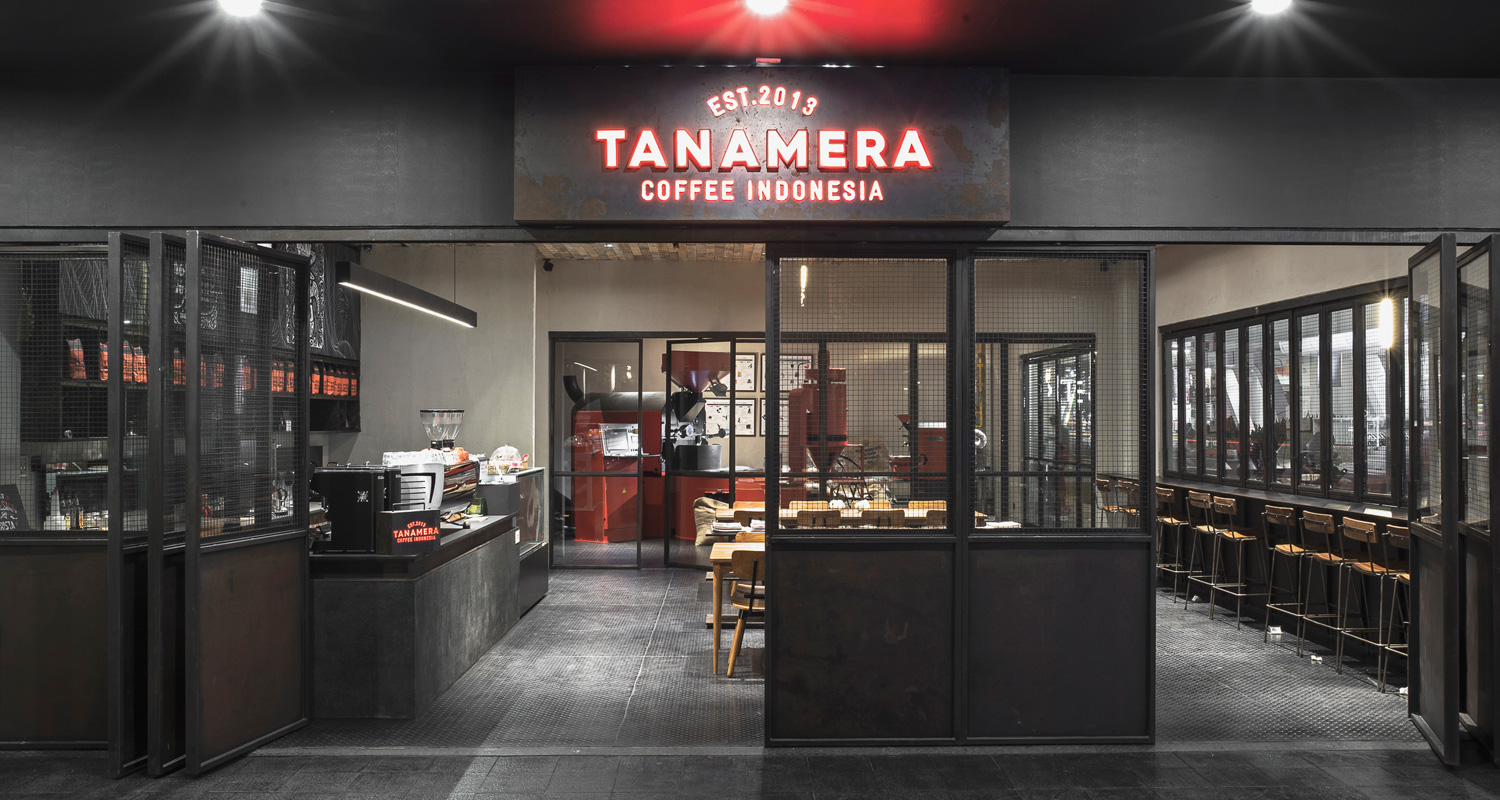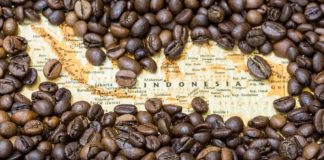One of the unique culinary heritages of Indonesia is fermented foods. Indonesian fermented foods are made with concepts evolved over hundreds of years using microorganism like bacteria, yeast, and fungi. When it comes to culinary heritage, Indonesia is indeed very rich. Almost every tribe and province in Indonesia has its own specialty dishes.These fermented foods have now become a part of small and medium enterprises in Indonesia.
Some of these fermented foods are the specialty oleh-oleh or gifts from various provinces in Indonesia. Here are Indonesian fermented foods that you might want to try:
Brem
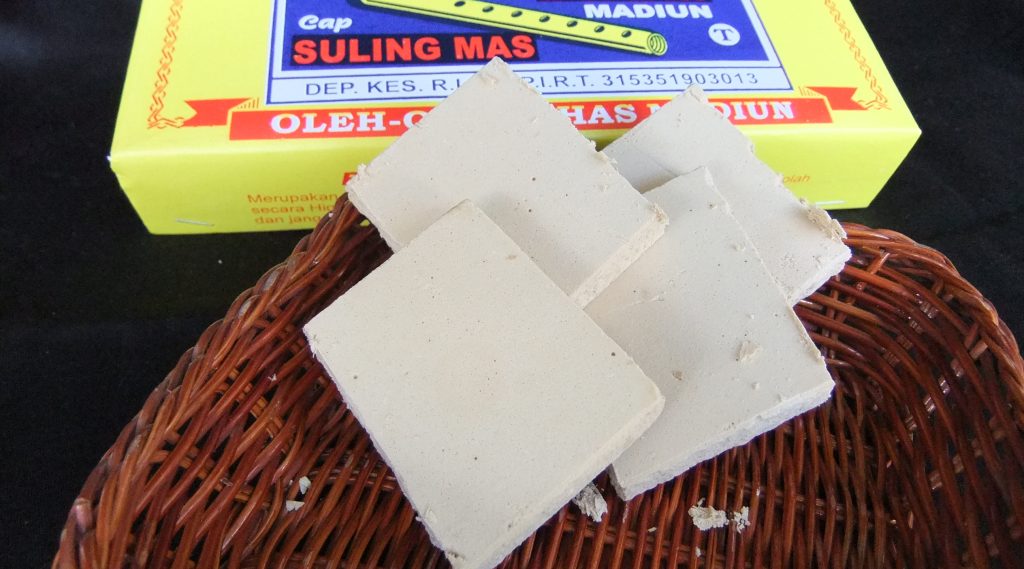
Brem is made of fermented glutinous rice with the help of Saccharomyces cerevisiae yeast. There are two forms of brem: liquid and solid brem. Brem from Madiun, East Java has white-yellowish color, sweet and sour flavor and comes in the block shape. As for brem from Wonogiri, Central Java is sweet, has white color, and comes in round, thin slices. Brem is specialty gifts from both cities.
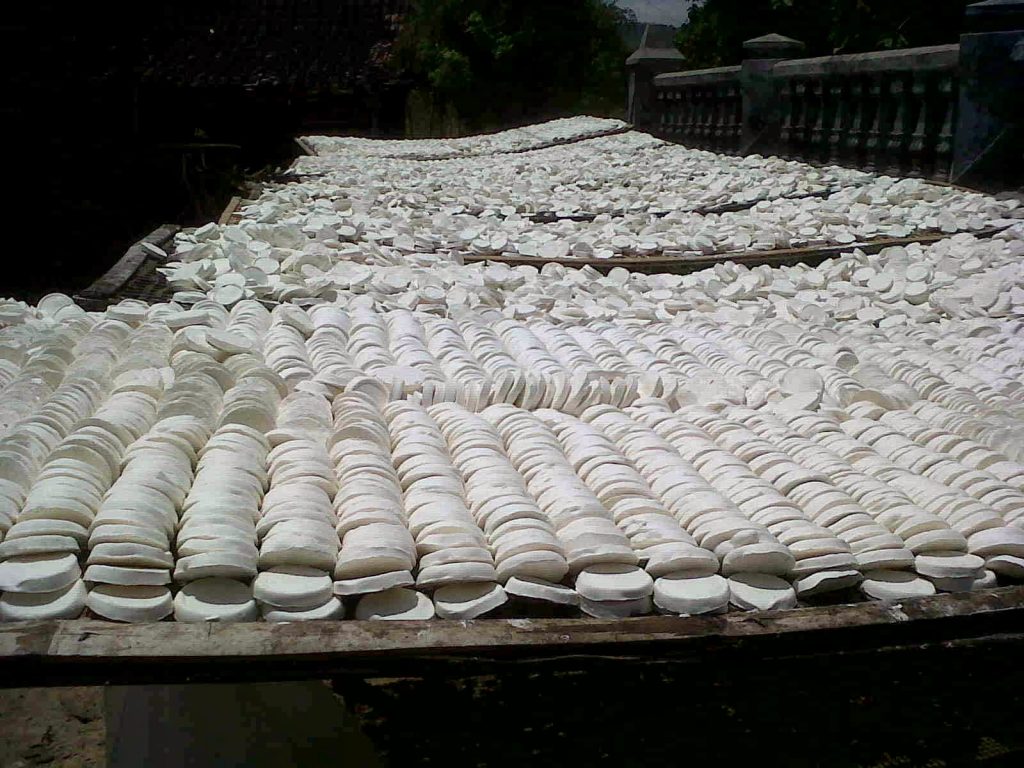
Tempe
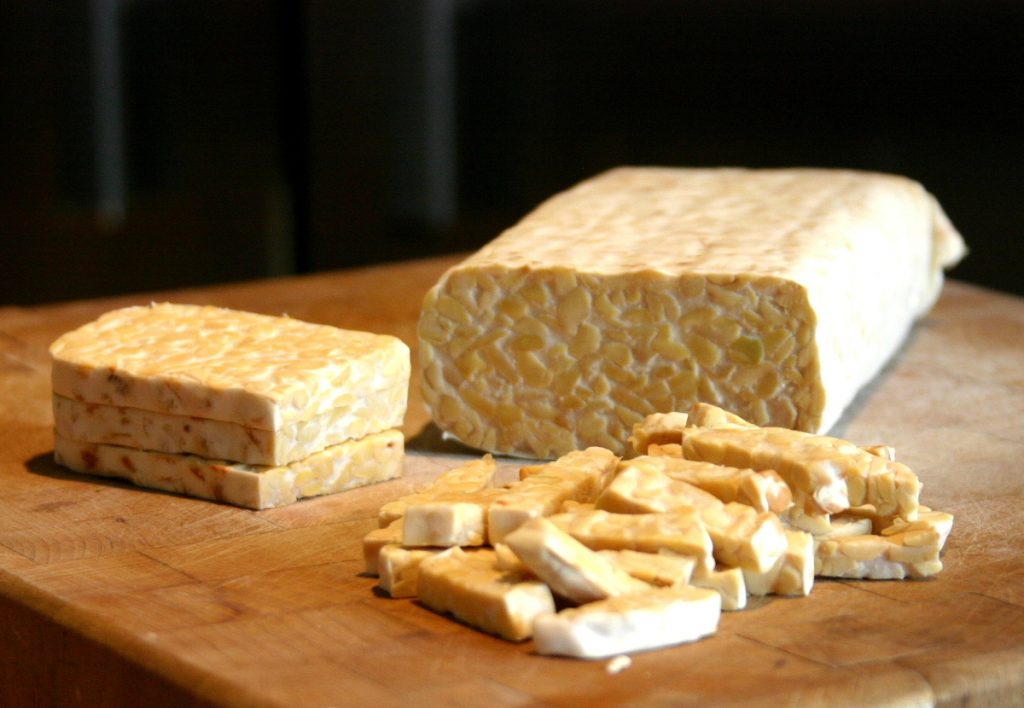
Tempe is probably the most popular fermented food in Indonesia. It is one of the favorite protein sources for vegetarians. Tempe is produced by fermenting yellow soybeans with Rhizopus oryzae, R. arrhizus, R.and R. microspores oligosporus bacteria. Usually, the fermentation of tempe is conducted in banana leaf, plastic, or waru leaf wrap.
Oncom
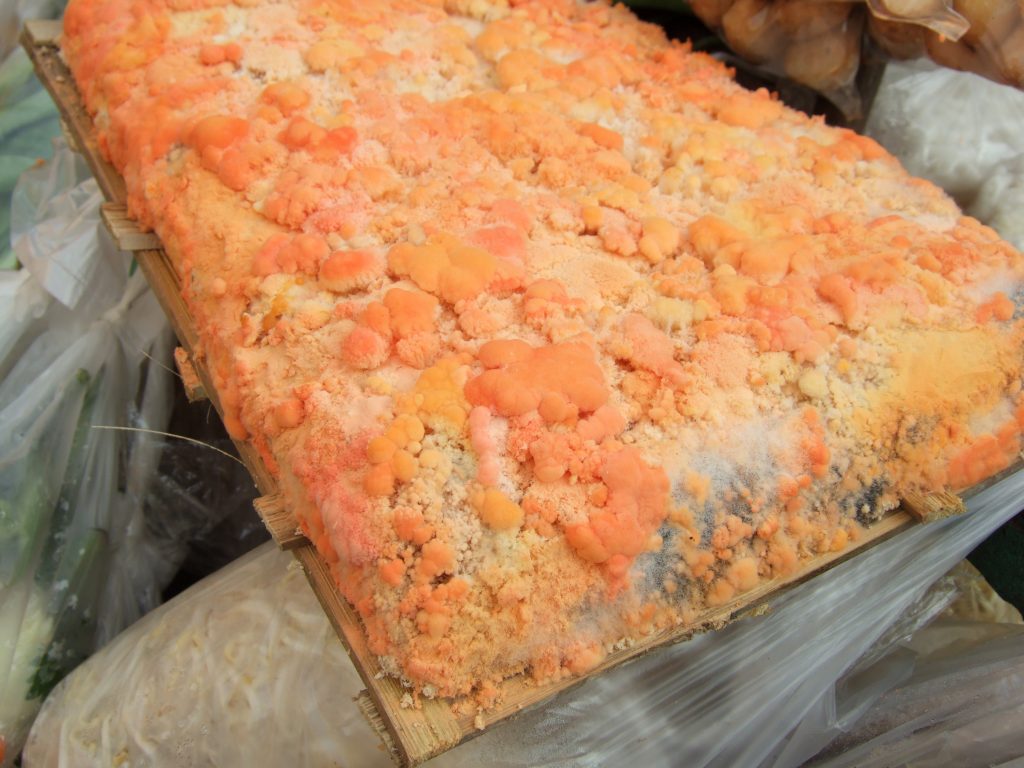
It is incomplete if we talk about tempe without talking about oncom. Oncom is fermented food from Sunda tribe (West Java) and is very popular among Sundanese. There are two types of oncom: red oncom and black oncom. Red oncom is made from bungkil tahu (soy oilcake from tofu product), and fermented using Neuspora intermedia var oncomensis fungi. Black oncom, in the other hand, is made from peanut oilcake that is sometimes mixed with tapioca and cassava dregs. It takes 2-3 days to ferment oncom. Usually, this product is processed in various kinds of foods such as comro, sambal oncom, and oncom chips.
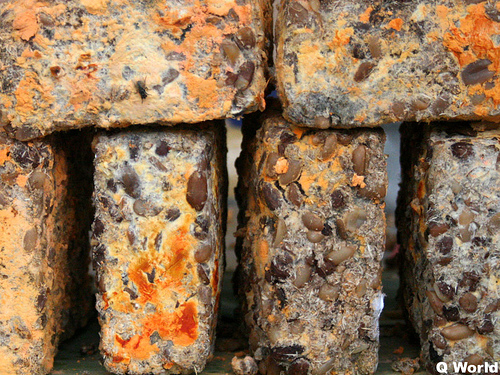
Dadih
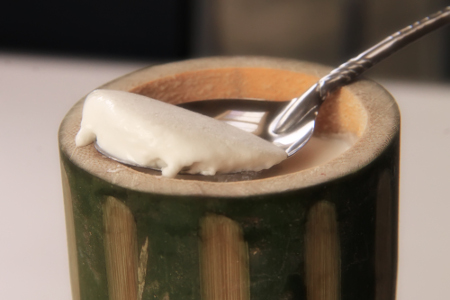
Dadih is fermented milk from West Sumatera. It is usually dubbed as traditional yogurt of Minangkabau. It is made of fermented fresh buffalo’s milk that has been filtered for 1-2 days in a bamboo tube. Dadih has creamy texture with sour flavor. Usually, dadih is served raw or along with rice and sambal. People also like to add ice cubes and sugar to dadih. Although it is not produced with high hygiene standard, dadih is safe for consumption.
Dangke
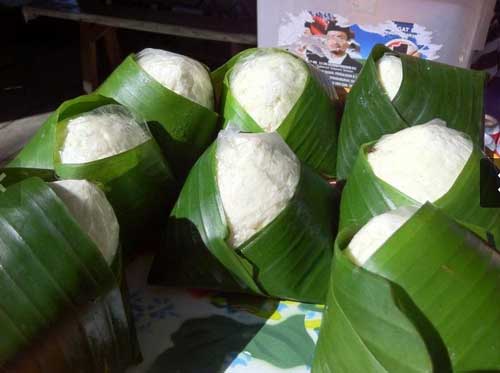
Dangke is a fermented food from Enrekang, South Sulawesi. It is made by boiling buffalo’s milk, salt, and a little bit of papaya’s sap. The liquid then will be filtered and molded using coconut shell. When it’s done, dangke has tofu-like texture with cheese-like flavor. It can be consumed raw, or fried and served along with rice.
Pakasam
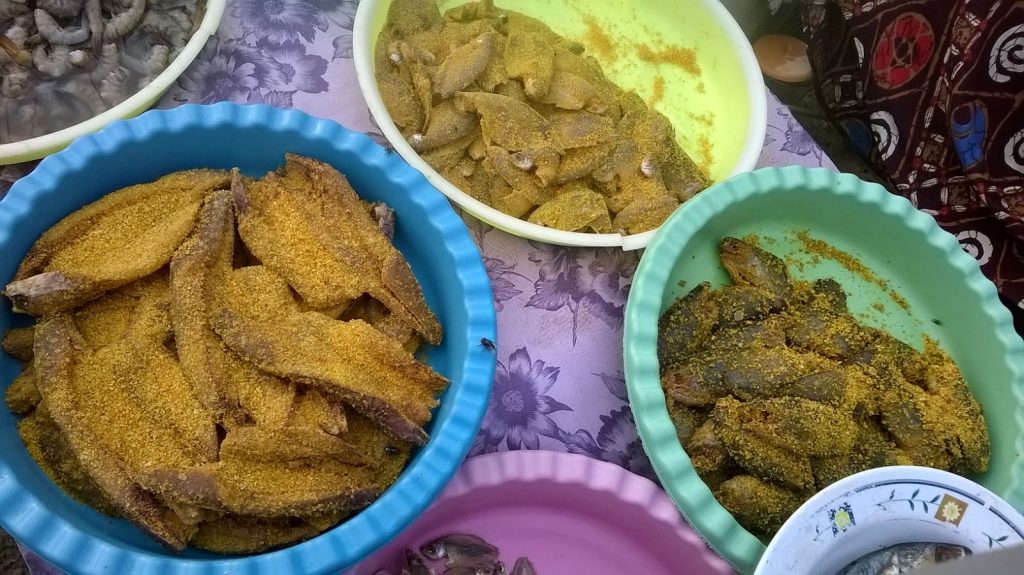
Pakasam is a fermented food from Banjar tribe of South Kalimantan. It is made of freshwater fishes like catfish, golden fish, parrot fish, or tilapia fish. After the fish has been cleaned completely, it is then salted in a salt solution for 48 hours. After that, fishes will be drained and mixed with glutinous rice and fermented for a week in a tight-sealed plastic jar. Usually, people will cook pakasam with chilies and sugar.
Peuyeum
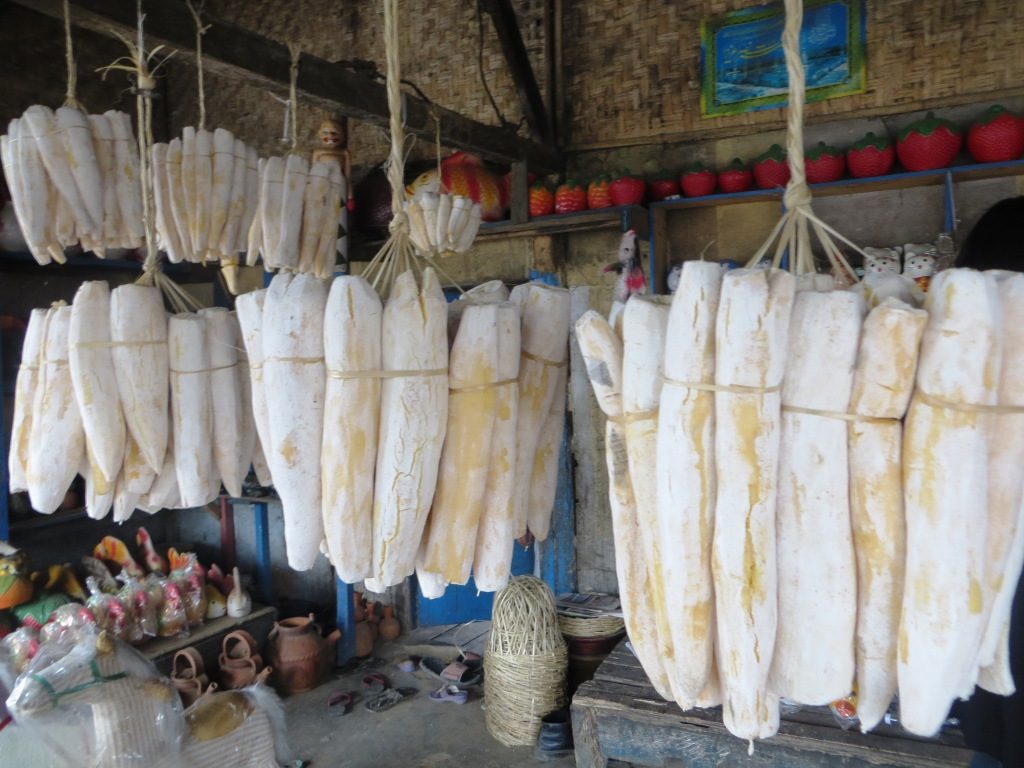
This food is very much associated with Bandung. You will find roadside stalls selling this delicacy on the way to Bandung. Peuyeum, or more known as tape/tapai, is a food made from fermented cassava. To make peuyeum, cassava needs to be steamed until half-cooked, and then sprinkled with yeast before stored in a tight-sealed storage. It is then allowed to ferment for 2-3 days.
Have you tried any of these fermented foods? Do share your feedback.

